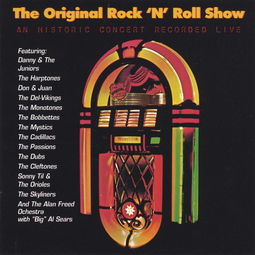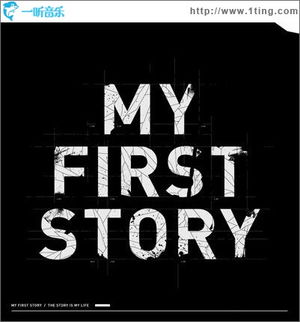Tone is a Story
Have you ever found yourself lost in the world of literature, trying to decipher the emotions and intentions behind the words? Tone, a subtle yet powerful element of storytelling, plays a crucial role in shaping the reader’s experience. In this article, we will delve into the intricacies of tone, exploring its various dimensions and understanding how it contributes to the overall narrative.
What is Tone?

Tone refers to the attitude or feeling conveyed by an author through their writing. It can be formal, informal, serious, humorous, or any other emotional state. The tone sets the mood for the story and influences how readers perceive the characters, events, and themes.
Types of Tone

There are several types of tone that authors can employ to enhance their storytelling. Let’s explore some of the most common ones:
| Type of Tone | Description |
|---|---|
| Formal | Used in academic or professional writing, formal tone is characterized by a reserved and respectful manner. |
| Informal | Informal tone is more relaxed and conversational, often used in personal correspondence or casual writing. |
| Humorous | Humorous tone is characterized by wit and sarcasm, often used to lighten the mood or provide comic relief. |
| Ironical | Ironical tone involves saying something in a way that suggests the opposite of what is actually meant, often to convey sarcasm or disillusionment. |
| Tragic | Tragic tone is used to convey a sense of sorrow, despair, or loss, often associated with serious or solemn events. |
How Tone Influences the Reader

The tone of a story can significantly impact the reader’s emotional response. For instance, a humorous tone can make a reader laugh, while a tragic tone can evoke tears. Here are some ways in which tone influences the reader:
-
Creating a mood: The tone sets the emotional atmosphere of the story, guiding the reader’s expectations and reactions.
-
Establishing character: The tone can reveal a character’s personality, beliefs, and emotions, helping readers connect with them.
-
Highlighting themes: The tone can emphasize certain themes or messages within the story, making them more memorable.
-
Enhancing suspense: A suspenseful tone can build tension and anticipation, keeping readers engaged.
Examples of Tone in Literature
Let’s look at some examples of tone in famous literary works:
-
“To be, or not to be: that is the question.” – William Shakespeare, “Hamlet”
-
“It was the best of times, it was the worst of times.” – Charles Dickens, “A Tale of Two Cities”
-
“Call me Ishmael.” – Herman Melville, “Moby-Dick”
-
“It was a bright cold day in April, and the clocks were striking thirteen.” – George Orwell, “1984”
Creating Tone in Your Writing
As a writer, you can create tone by carefully choosing your words, sentence structure, and point of view. Here are some tips to help you develop a strong tone in your writing:
-
Use descriptive language: Descriptive words and phrases can evoke emotions and set the tone for your story.
-
Choose the right point of view: The perspective from which you tell the story can influence the tone.
-
Be consistent: Maintain a consistent tone throughout your story to keep the reader engaged.
-
Read your work aloud: Reading your writing aloud can help you identify the tone and make adjustments as needed.




